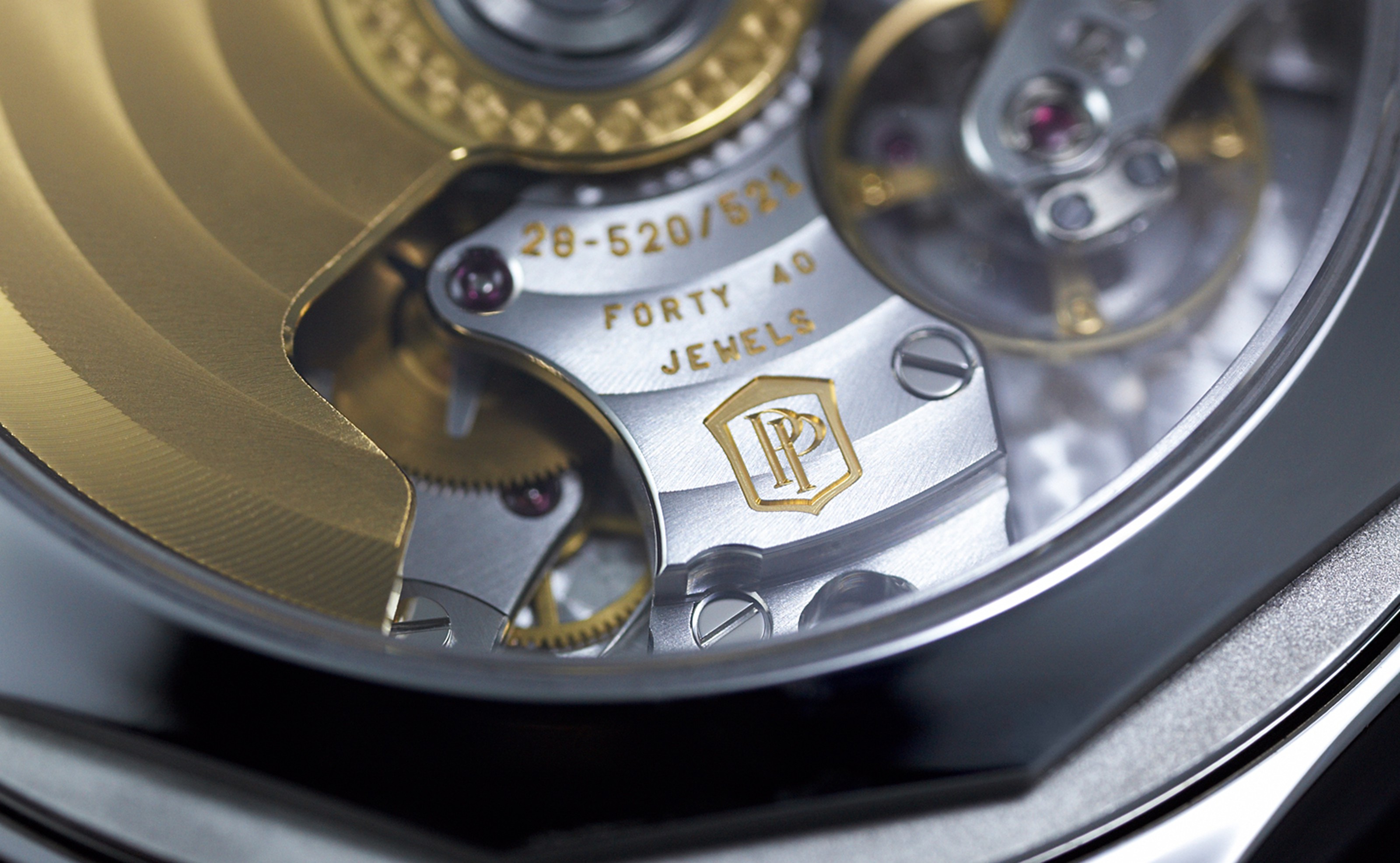Ultra-complicated mechanical time indicators emerged as a result of watchmakers’ pursuit of the highest level of craftsmanship. Over time, technology and innovation in the watch industry took on the character of a true race — for unique complications, unconventional materials, and incredible decoration. There are so many such innovations in the segment of premium Swiss watches that it is difficult to remain objective, since quite often new models from well-known brands eventually become masterpieces of engineering and works of horological art. Year after year, Swiss manufactures create true bouquets of innovative complications, which ultimately lead to records — when, for example, the year 2024 was recognized in the world of precision timekeeping as a period of technical sophistication.
Unique and Inimitable
So, let us begin with the manifestations of technical mastery, whose traditions and skills famous Swiss brands pass down from generation to generation, often becoming a secret sealed behind seven locks. And although this has always complicated competition on the market, it did not work as a path toward its monopolization, since it could not contain the engineering fantasies and brilliant ideas of the craftsmen. Of course, this was not like the “explosion of a supernova,” but evolved gradually and steadily.
The addition of extra complications was carried out sequentially: first came simple functions for determining time and dates, then the chronograph, followed by astronomical complications and the so-called striking mechanisms (acoustic enhancements), known as repeaters. Thus, the world of luxury time indicators arrived at remarkable masterpieces under the general name Grand Complication, featuring a large number of functions in a small wristwatch case. The beginning of this complex journey was laid by the famous Abraham Breguet back in the 18th century, who stood at the origins of the chronograph and the tourbillon. Today, a Grand Complication is a watch containing at least three complications that belong to different groups:
timekeeping — simple chronograph and all its varieties;
astronomical — simple and perpetual calendars, moon phases, equation of time;
acoustic — various repeaters, striking mechanisms.
Of course, this is far from a complete list of technologically complex functions of premium watches. What about the tourbillon, solar time indication, dual and world time, star charts, quick-set time, and more? What recent innovations of the watch industry astonish the imagination with engineering ingenuity and technical refinement?
The Art of Complications and Craftsmanship
In the current century, watches have become not only a prestigious symbol of prosperity and success. They emphasize the high technological level and supreme craftsmanship of a manufacture. And no matter what fans of electronic gadgets may claim, mechanical wristwatches will always remain in demand. Among the latest novelties, we note the following:
F.P. Journe Astronomic Blue.
The highlight of the model is a tantalum case 44 mm thick and the placement of a large number of complications on its front side. In addition to the usual indication, the watch displays a second time zone, sidereal time, moon phases, power reserve, and is equipped with a minute repeater, tourbillon, annual calendar, and a special constant-force mechanism on the reverse side.
Vacheron Constantin Cabinotiers Celestia Astronomical 3600.
The watch contains 23 complex functions and displays time in three formats: traditional, solar, and sidereal. It also features a perpetual calendar, equation of time, tide level indicator, and more. A movement with six barrels in a white-gold case ensures a three-week power reserve. The model was awarded the Geneva Grand Prix of Horology in the “Exceptional Mechanics” category.
Patek Philippe The Henry Graves Jr. Supercomplication.
Until 2019, this watch was considered the most expensive model of the brand, as it held the title of the most complicated watch in the world. Its mechanism is equipped with functions such as a perpetual calendar, chronograph, minute repeater with Westminster chime, star chart, sunrise and sunset times, etc.
Jaeger-LeCoultre Hybris Mechanica à Grande Sonnerie.
The model presents 26 complications at once, but its main feature is a minute repeater with a cathedral chime playing the melody of London’s Big Ben at 60 dB. The secret of such powerful sound lies in the construction: the long gongs are amplified by the white-gold case, and the vibrations — by the connection with the sapphire crystal. Another distinctive element is two mechanisms in one, which, besides the repeater, include a jumping hour display and a perpetual calendar with retrograde date indication, month and day-of-week sectors.
Franck Muller Aeternitas Mega 4.
These watches stand out with 36 complications packed into a mechanism consisting of 1483 components. For this reason, the white-gold case has impressive dimensions: 42×61×19.5 mm. Yet all functions are comfortably arranged on a single dial, which one can admire for hours, since 36 complications and 23 indications operate through 18 hands, 5 discs, 99 jewels, 91 wheels, 7 pushers, and 4 automatic adjusters. By the way, this is the only watch in which the tourbillon is visible from the dial side.
Impressive and grand — this describes many modern wrist time indicators. However, the perception of technical sophistication remains somewhat subjective, which is why the help of experts from our multibrand watch boutique Chrono 10:10 is always welcome. Contact us — and we will help bring your boldest ideas to life.



